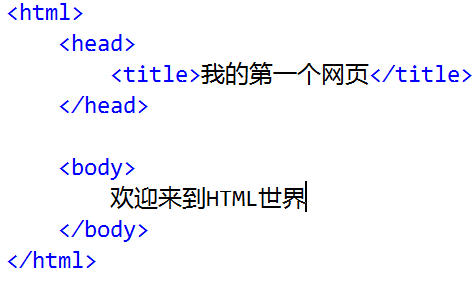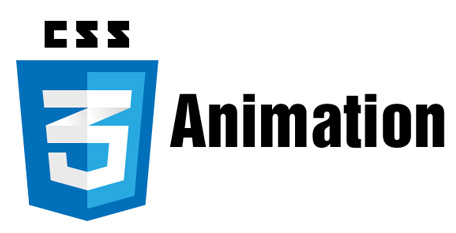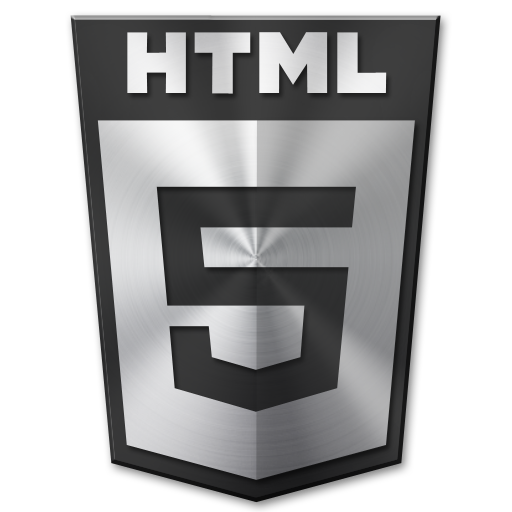
1. Use Transition Transition effects are generally implemented by the browser directly changing the CSS properties of the element. For example, if you use the :hover selector, once the user hovers over the element, the browser will apply the properties associated with the selector. When the user hovers the mouse over the span element, the browser responds by directly applying the new attributes. The changes are shown below: CCS transition properties allow control of how quickly new property values are applied. For example, you can choose to gradually change the appearance of the span element in the example, so that the effect of moving the mouse over the word banana is more harmonious. The transition-delay and transition-duration properties are specified as CSS time, which is a number in ms (milliseconds) or s (seconds). The format of the transition abbreviation attribute is as follows: transition: 1. A brief talk about CSS transition, animation and transformation methods Introduction: The following editor will bring you a brief discussion of CSS transitions, animations and transformations. The editor thinks it’s pretty good, so I’ll share it with you now and give it as a reference. Come and have a look with the editor, I wish you all a happy game Introduction: Through transition, web front-end developers can achieve simple animation interaction effects without JavaScript. Transition properties may seem simple, but in fact there are a lot of details to pay attention to and things that can be confusing. This article will introduce and sort out the knowledge about CSS transition 3. H5 of 13__CSS transition, animation and transformation Introduction: In all browsers, JS is executed in a single thread. If there is an asynchronous task, such as setTimeOut(), it will be added to the execution queue, and then when the thread changes Executed when free. 4. Css3 Advanced-6 Css Transition (Overview, Transition Sub-Attribute)_html/css_WEB-ITnose Introduction: Css3 Advanced-6 CSS Transition (Overview, Transition Sub-Attribute) 5. In-depth understanding of CSS transition transition_html/css_WEB-ITnose Introduction: In-depth understanding of CSS transition transition 6. In-depth understanding of CSS transition transition - The Blue Ideal of Little Matches Introduction: In-depth understanding of CSS transition transition - the blue ideal of small matches Introduction: Comparison of the advantages and disadvantages of the transition from Table to Css [Related Q&A Recommendations]: css3 - CSS transition effects cause text to blur or jitter? The above is the detailed content of 10 course recommendations on CSS transitions. For more information, please follow other related articles on the PHP Chinese website!


 Which laptop battery testing software is best?
Which laptop battery testing software is best?
 Advantages of plc control system
Advantages of plc control system
 What does CX mean in the currency circle?
What does CX mean in the currency circle?
 The Metaverse recognizes the top ten potential coins
The Metaverse recognizes the top ten potential coins
 How to set linux environment variables
How to set linux environment variables
 What currency is USDT?
What currency is USDT?
 Detailed process of upgrading win7 system to win10 system
Detailed process of upgrading win7 system to win10 system
 Windows 10 activation key list
Windows 10 activation key list




